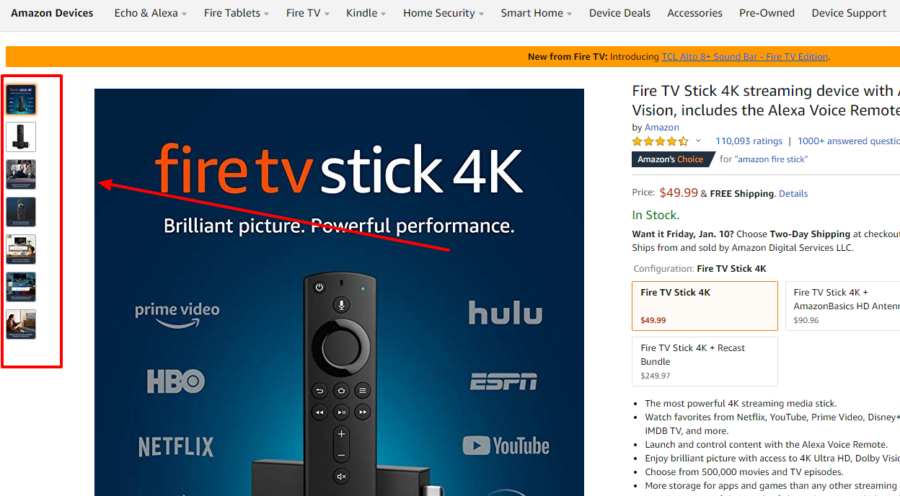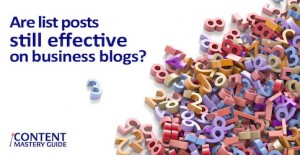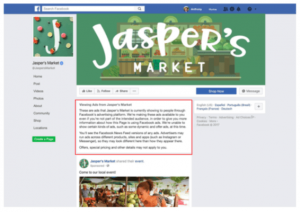If you’re running an e-commerce site, you’ll need to optimize it for search. Unfortunately, it’s possible to make things worse if you make SEO content mistakes.
I’ve learned quite a bit from my experience with e-commerce websites. I’m happy to share with you some lessons that I think will help you get more traffic and avoid running afoul of Google guidelines.
Here are some common mistakes you should avoid when optimizing your online store for Google and Bing.
Putting Too Much Content on the Category Pages
You might be under the impression that Google is a big fan of long form content. Under normal circumstances, you’d be right.
But these aren’t normal circumstances.
You’re not optimizing a how-to article or a case study. You’re optimizing an e-commerce site.
That’s why you should limit the verbiage on your category pages to 300 words or fewer. Otherwise, Google might view the content as an article instead of a category page.
Lots of sites load up category pages with useless content. Then, they stuff the text with keywords.
That’s not going to win you any favors with Google. It’s best to play by the rules to ensure that you get a great rank.
You should also have at least 30 products on your category pages. Again, the purpose is to make it clear to search bots that it really is a category page and not some other type of content disguised as a category page.
Duplicate Product Descriptions on The Category Pages
When it comes to e-commerce sites, many SEO issues can be summed up in one word: duplication.
It’s too often the case that digital marketers just copy and paste content from one location to another. You might make your life easy if you go that route, but you won’t likely see your site rise to the top of the search engine results pages (SERPs).
Duplicate content is a big no-no with all the search engines. Avoid it.
So what can you do? I can answer that question with another single word: paraphrase.
Instead of copying and pasting content, reword it.
Yes, that’s a challenge. It’s more than just a challenge in paraphrasing, though.
You need to create reworded descriptions that effectively market the products you’re trying to sell. It’s a tall order.
But it’s going to help your site get a better rank.
Also: don’t use the same product description on the category page that you use on the product detail page. Again, that gives you duplicate content.
So do yourself a favor: invest the time in rewriting your product descriptions that appear on different pages. If you don’t have the time, invest the money in hiring a copywriter who can handle the task for you.
A Category Page Without a Purpose
I touched on this briefly above, but it’s worth emphasizing the point: your category page needs a purpose.
If you put text on it just for the sake of putting text on it, you won’t do your site any favors. Instead, add some content that your visitors will find helpful.
Here’s a nice hack if you’re in a bind and don’t know what to add: put a FAQ on the page.
For almost any group of products, people will have questions they need answered. Collect the most popular questions and answer them on the category page.
This strategy also reinforces an important point: you should always optimize your site first for visitors, not for search engines.
Why? Because Google is moving more and more in a user-friendly direction.
Make sure the people who visit your site are happy with the content they see. Google will reward you with a high rank.
Duplicate Content on the Product Detail Page
If you’re reselling products, then you might be tempted to get the product description from the manufacturer’s website and paste it on to the product detail page on your own site. As I mentioned previously, that’s not going to get you a high rank.
Instead, put some thought into rewriting the product description so that it’s unique.
You might find that necessary even without the threat of losing rank. It’s often the case that manufacturer websites do a poor job of promoting products with descriptions.
When you change the product description, you give yourself the opportunity to improve it. Make the description more marketable by highlighting benefits instead of features.
Also, avoid thin content on your product detail page. A 1- or 2-sentence description is probably not good enough for most visitors. It’s almost certainly not good enough for Google.
Take the time to fully describe each product and what it can do for people who buy it.
If you want to see what a great product detail page looks like, check out a best-seller on Amazon. Usually, you’ll find a detailed description in bullet-point format so it’s easy for people to scan.
Amazon is the most successful e-commerce site on the planet. You’ll do well if you imitate it.
Lack of Rich Content on Product Detail Pages
Beyond giving your products unique, healthy descriptions, you should also add rich content.
For starters, include plenty of product images. Once again, Amazon is the example that you should follow.
If you look at just about any Amazon best-seller, you’ll notice that the product description page includes several images of the item from different angles. You can usually see the additional images aligned vertically alongside the “main” product image.

You shouldn’t stop with images, though. Include videos as well.
That’s an especially good idea if you’re selling a product that involves some kind of learning curve (like machinery). The video can act as an explainer that shows people how to use it.
Of course, you should also use the video to promote product benefits.
While I’m on the subject of video, be sure to include the video schema markup on your product detail page. That markup makes it easier for search engines to parse the content and increases the likelihood that the page will rank well in search.
Include FAQs as well. Be sure to optimize the questions for keywords so that they’ll rank.
Finally, include reviews on the product page. Shoppers want to see what other people think about the product you’re trying to sell.
Blog Content That Competes With Product Content
If you’re using your e-commerce site for content marketing purposes as well as for selling products, you have to be especially careful about cannibalization.
What’s cannibalization? In this case, it means that the blog posts get a high rank while the product detail pages languish lower in the SERPs.
You don’t want that because you’ll lose sales.
That’s why you need to optimize your blog posts differently than you optimize your product detail pages.
For blog posts, optimize for how-to keywords and phrases.
For product detail pages, optimize for buyer-intent keywords and phrases.
For example, let’s say you’re selling GoPro backup batteries. You wouldn’t want to create a blog post with a title like “Acme 3-Pack GoPro Hero 7 Black Backup Batteries.” That’s the kind of title that belongs on your product page.
Instead, write a blog post with a title like “How Many GoPRo Batteries Do I Need to Shoot 2 Hours of Footage?” Then, you can add a call to action on that post that gives people the opportunity to purchase your backup batteries.
Wrapping It Up
Have you committed any of the SEO sins described above? If so, it’s never too late to make amends.
Put an action plan in place today that optimizes your site for search. Then, watch sales soar as your website attracts more lifetime customers.
Digital & Social Articles on Business 2 Community
(58)








